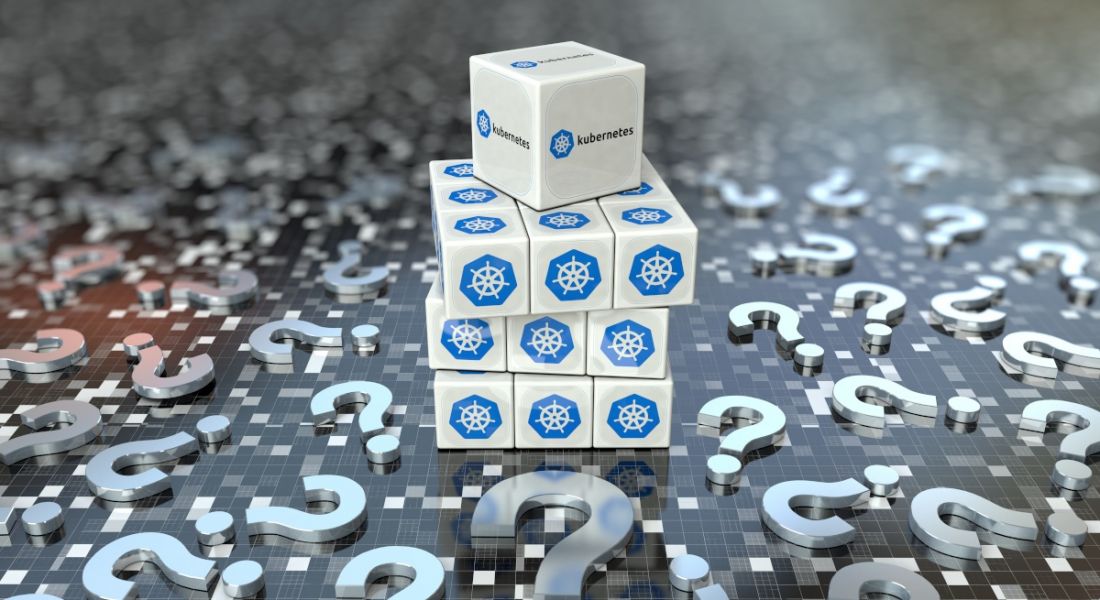It can be challenging to learn Kubernetes, but here are some tips on how to get to grips with it.
Kubernetes is an open-source platform for deploying and managing containerised applications. It was released in 2014 and has fast become one of the most popular container orchestration platforms.
It is used by many high-profile public cloud providers such as AWS, Google Cloud, IBM Cloud and Microsoft Azure.
While the ability to create containers pre-existed Kubernetes (and similar tools like Docker Swarm) the need to manage containerised applications at scale in large organisations necessitated it.
Kubernetes can help with the automation of a lot of the processes required to run containerised workloads and services that big organisations require.
This includes a variety of things software teams need to manage a container’s lifecycle, including provisioning, deployment, scaling and networking.
Before its release as an open-source platform, Kubernetes was developed at Google. It got its name from the Greek word for ‘helmsman’.
Its founders wanted to name it after a Borg drone from Star Trek Voyager, but they were prevented from doing so by copyright rules.
Kubernetes is also sometimes called K8s.
How to start learning Kubernetes
Kubernetes is pretty challenging by most people’s standards, and it can be tough to learn. Before you get down to it, you should have some level of understanding of how containerised systems work.
That said, it is beneficial for developers to learn. Once you’ve got a handle on it, it’s a very useful and flexible tool that can adapt to your needs.
If you’re totally new to Kubernetes, this comprehensive guide by DevOpsCube is a good starting point to figuring out what you need to know before you dive in.
It takes you through everything from learning Kubernetes architecture to some best practices to adhere to and real-world case studies.
If you want to learn the basics of Kubernetes in a three-minute video, this introductory clip by DevNation Lessons is a good watch.
Learning paths and courses
That three-minute video is part of a free course for Kubernetes beginners run by Kube by Example. It’s called Kubernetes Fundamentals and it teaches you some of the things you need to know and answers questions you might have about the tech terminology.
Kube by Example has other more complex Kubernetes learning paths too.
Of course, the obvious place to look when searching for learning resources is Kubernetes’ own website. There’s a free beginner’s course run by LinuxFoundationX on the website, for example – and it starts today (16 March). It was still open for enrolment at the time this article was published.
Finally, tech giant IBM has a learning path for Kubernetes that takes beginners about 13 hours to complete. Like the other learning paths on this list, it introduces you to what you need to know to grasp Kubernetes.
10 things you need to know direct to your inbox every weekday. Sign up for the Daily Brief, Silicon Republic’s digest of essential sci-tech news.




